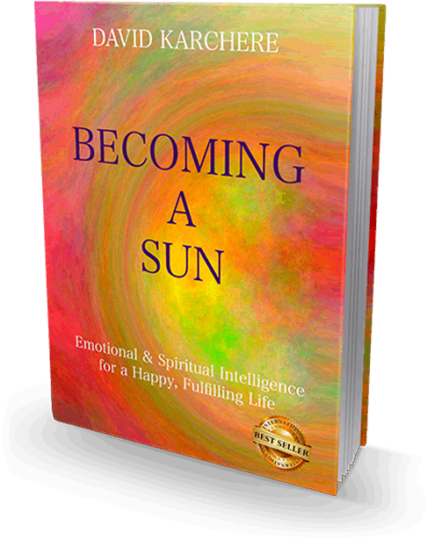This Week’s Quotation:
There is the divine feminine within all Creation. She has been called by many names: Gaia, Mother Nature, Mother Mary, the Goddess, and many more. She is Sophia, who is wisdom; and Aphrodite, who is love. She is the queen of heaven and earth. She is made flesh in every woman, even though her reality might be distorted by clouded consciousness. She is embodied in all Creation. Who wouldn’t love and serve her? Who would not protect her? Who would not celebrate her being in all her forms and embody her in their life?
Becoming a Sun, p.150
The Divine Feminine

Author, Becoming a Sun
The sight of the divine feminine is rare in Western culture. Only rarely was it represented clearly in the traditional cultures and religions that form the roots of Western culture. And then femininity is cheapened by today’s post-modern culture in so many ways—by the commercialization of sex appeal, pornography, social media, and growing attempts to become beautiful through surgery.
Gender dynamics enter this picture, a field so massive I won’t even attempt to address it here.
But whatever has brought us to this point, our culture has left it to each of us to cultivate an appreciation of the divine feminine. And yet the word appreciation hardly begins to name what we feel when we catch even a glimpse of her. I reach for words of biblical proportion: revere, worship, adore, treasure…
May the Queen of Heaven and Earth have a place in this world.
What does it mean to become a sun?
Every human being is already a sun on the inside—a being of intense love and light. The difference is that some people have the vision and courage to become a sun on the outside. This difference is our human destiny.






5 Responses
Yes, David. May the Queen of Heaven and Earth have a respected, protected, and loved place on earth. May the Divine Feminine be honored, complemented, and known to be part of one’s Self. Loving thanks for your thought and spirit. Blessings, Tom C.
Your deep care around the truth of the divine feminine is such a breath of fresh air,
from within myself, and to extend clarity into the world view. Thank you!
May the Queen of Heaven and Earth have a place in this world!!!! Thank you David….
The Divine Feminine is actually acknowledged in the Old Testament. She was known as Asherah, Yahweh’s Consort and was represented as a pole in temples. There are about 44 references to her in the Hebrew bible but she was effectively written out of history by the time the King James Version came out. https://en.m.wikipedia.org/wiki/Asherah
The Divine Feminine…. And may we listen when she speaks, through others, and through our own inner being.